Finish a Quilt: Stitch Methods for Quilt Tops is Part 4 of a five-part series on finishing a quilt. So far, we’ve covered types of batting, choosing fabrics for the back, and how to make a quilt sandwich.
Now it’s time to stitch the quilt top. No longarm? No worries. Never quilted a quilt top? Got you covered.
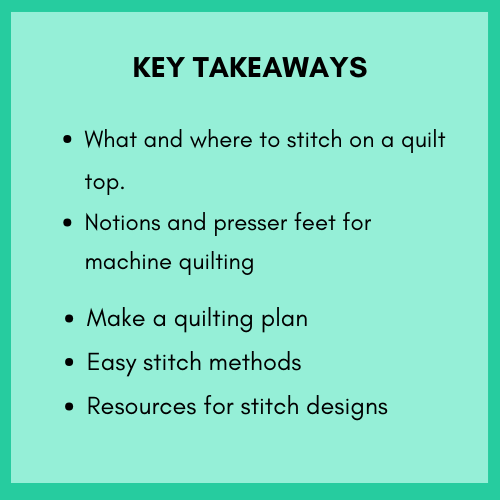
By the end of this post, you will understand how to make decisions about what and where to quilt, make a quilting plan, tools and notions, and seven straight line patterns for beginner quilters. Plus, recommended experts with videos, online classes and books to boost your skills.
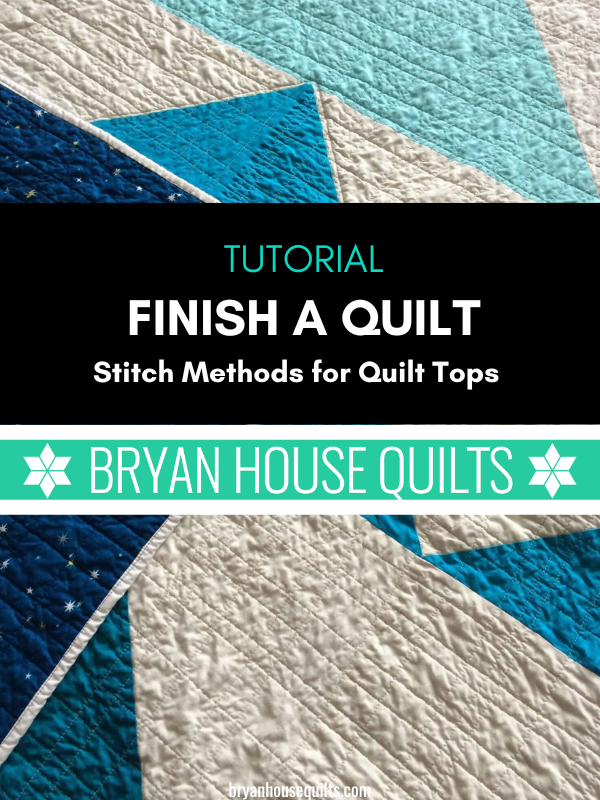
Where do you start when you’re new to quilting and finishing your very first quilt?
Just know that it’s normal to wrestle with the decisions about stitch patterns. You’ll quickly become familiar with motifs, quilting stitches and methods. Then you can choose the best one for your quilt’s purpose and design. So let’s get started.
Stitching on quilts adds design elements – lines, curves, shapes and patterns – and sturdiness. How your quilt will be used determines the amount of stitching you need.

How will your quilt be used?
Bed Quilt
Bed quilts made for daily use are handled and laundered; the quilt batting type determines the best spacing for stitch patterns. In other words, how far apart your stitching lines can be without the batting loosening or bunching. See the chart below for details which lists the maximum spacing for stitching. and also see my post on Types of Batting for a detailed guide on choosing the right batting for your project.
If you like a squishy, puffy look, quilts with a higher loft work well or a wool batt. If the bed quilt is for decor in a guest bedroom, medium and low density stitching is enough.
Love-and-tug quilt
Love-and-tug quilts use high density quilting stitch patterns because the seams and stitches will be stressed daily! Choose a durable batting like 80/20 poly cotton blend with scrim, wool or 100% polyester. High density quilting stitch patterns have one inch or less spacing in between.
Baby quilt
Baby quilts are quick makes for quilters – they are smaller and used more for decor or photos. They require less stitches unless used and washed; medium stitch density should do it.
Table runners and PILLOWS
Quilting cottons stretch and shrink with use and laundering. Make them stronger and retain their shape with medium to dense stitching. Table runners and pillows are smaller items that aren’t as heavy as quilts when they are wet so the seams aren’t as stressed when washed.
Quilted wall hanging and art quilt
Wall hangings and art quilts are the “anything goes” pieces for stitching. Many have improvisational stitching, free motion quilting designs and hand quilting. Stitching density runs from minimal to heavy. You’re free to move about the quilt! Hanging the quilt on the wall? Make sure your stitching runs in more than one direction to stabilize the edges. Gravity always gets its way!
Quilted tote, purse, or carryall
For a sturdier bag, stitch the designs closer together – ¼ inch to ½ inch – which is called matchstick quilting. Any straight line stitching pattern will make bags more durable and add soft shaping.
Batting impacts the way your quilt looks, feels, takes stitching and how long it lasts. Learn more about choosing batting for your project here. I added a quick reference guide below to help you choose the right batting.
To give you an idea of each stitch density for free motion quilting, each black outline square in the diagram equals ¼ inch. Boxes 1 and 3 are medium density stitching designs. The large loops in Box 2 are low density stitches for free motion beginners. The wonky spiral in Box 4 is a high density stitching design and so much easier to do than a regular spiral. Wiggle and echo as you go!
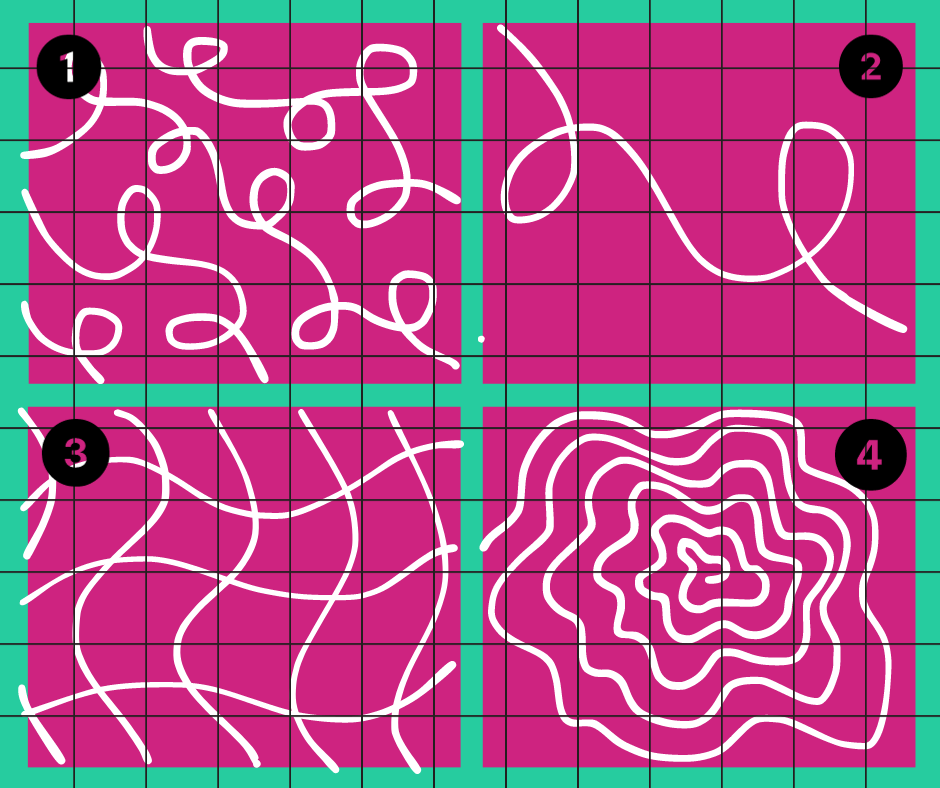
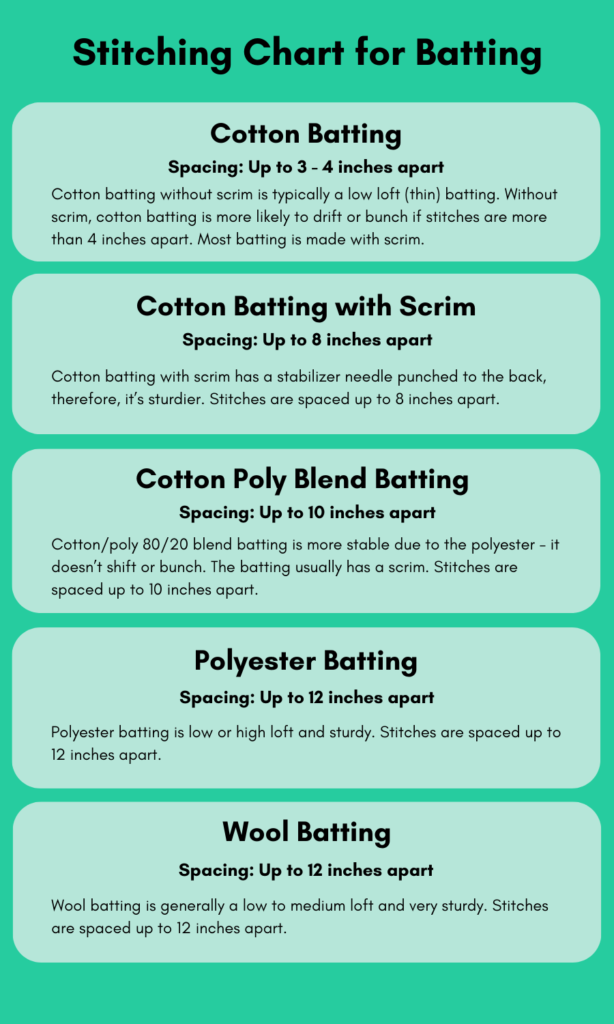
Your Quilt’s Design TalkS to you
What to Stitch and Where
After piecing your blocks, stitching the top is the next design layer. Quilting stitches can outline and echo shapes, create geometric patterns, and add dimension, movement, texture and color. What and where you stitch matters as well as the scale and stitch density of the quilting stitch designs. I know…a lot to consider.
Your quilt top talks to you. Remember when you started the conversation? When you chose the pattern, color and fabrics? It spoke to you and you had to have it. Quilt crush at first sight!
Happens often to me. I just go with it.
Here’s how my quilt Rainbow Remix told me what to stitch and where.
RAINBOW REMIX: My improv shapes aren’t exactly squares. The squares are made with wonky up and down and across strips.
ME: What stands out on the quilt?
RAINBOW REMIX: The squares look like they’re moving.
ME: And changing direction like waves.
BINGO!
My quilt asked for improvisational wavy lines. Coming right up.
Simple and easy. The improv wavy line works with many modern quilt designs. The wavy line is no-concentration-needed stitching pattern when your time (or patience) is short.
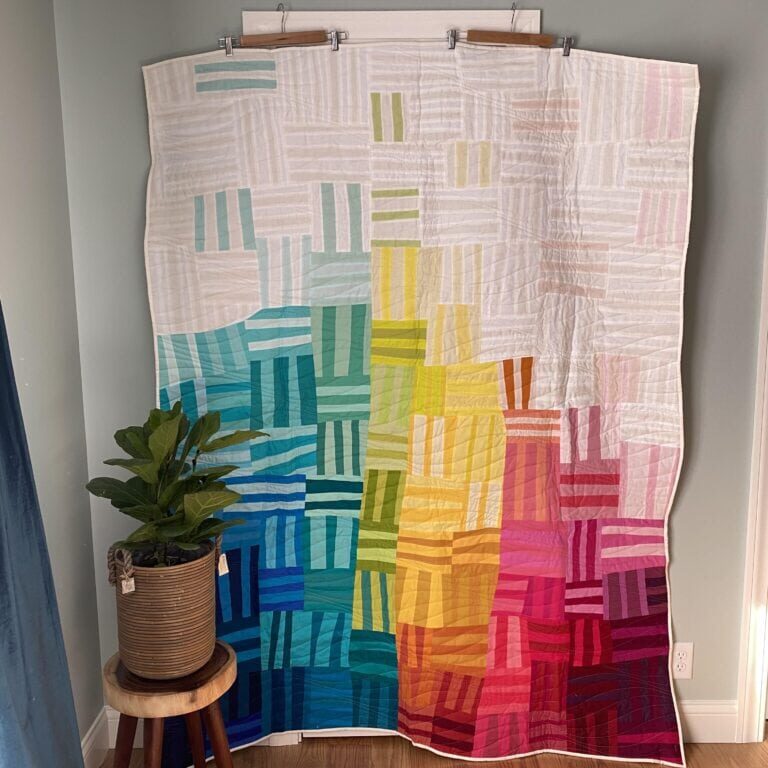
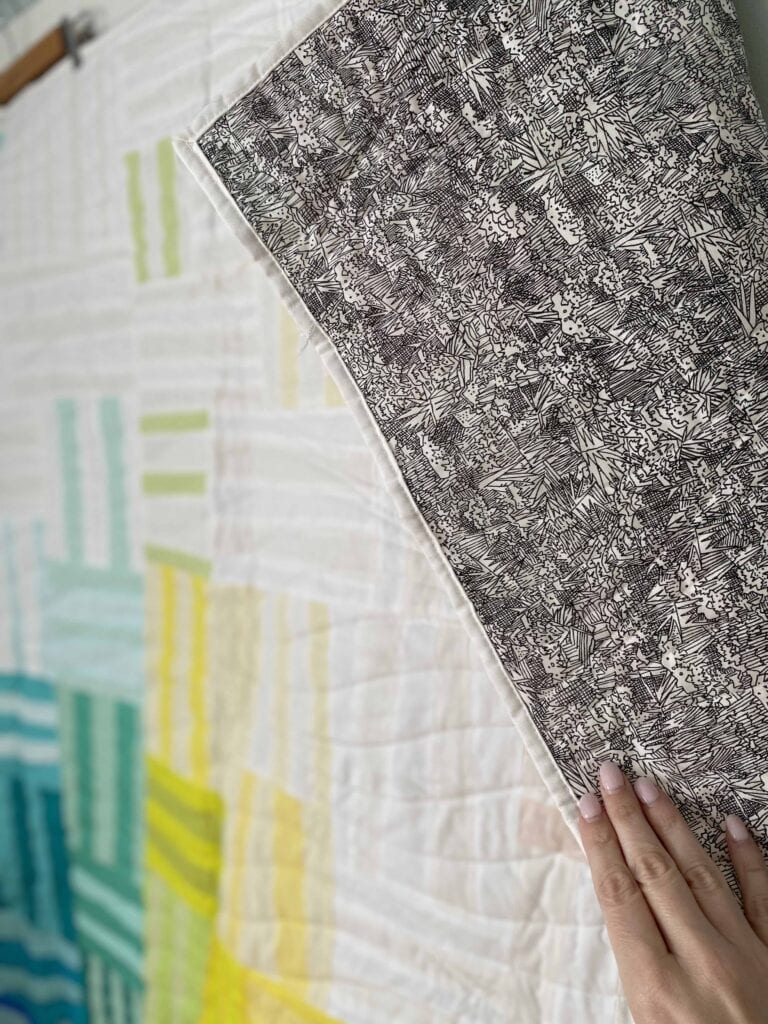
Let’s move the needle (hehe) soooo when your quilt talks, you’ll say “I’m on it!” instead of “I don’t where to start!”
Finish a QUilt – Stitch to Practice with a PLAN
My plan is usually simple. And easy. By trying different quilting styles on my domestic machine and longarm, I’ve developed my own quilting stitch catalog for modern blocks and designs.
It’s not only about what I want a quilt to LOOK like – it’s also about what I like to DO. I like straight lines and their stitching combinations. They are minimal, simple and almost foolproof with my walking foot and guide.
With practice, you’ll find which quilting stitches and methods you like best.
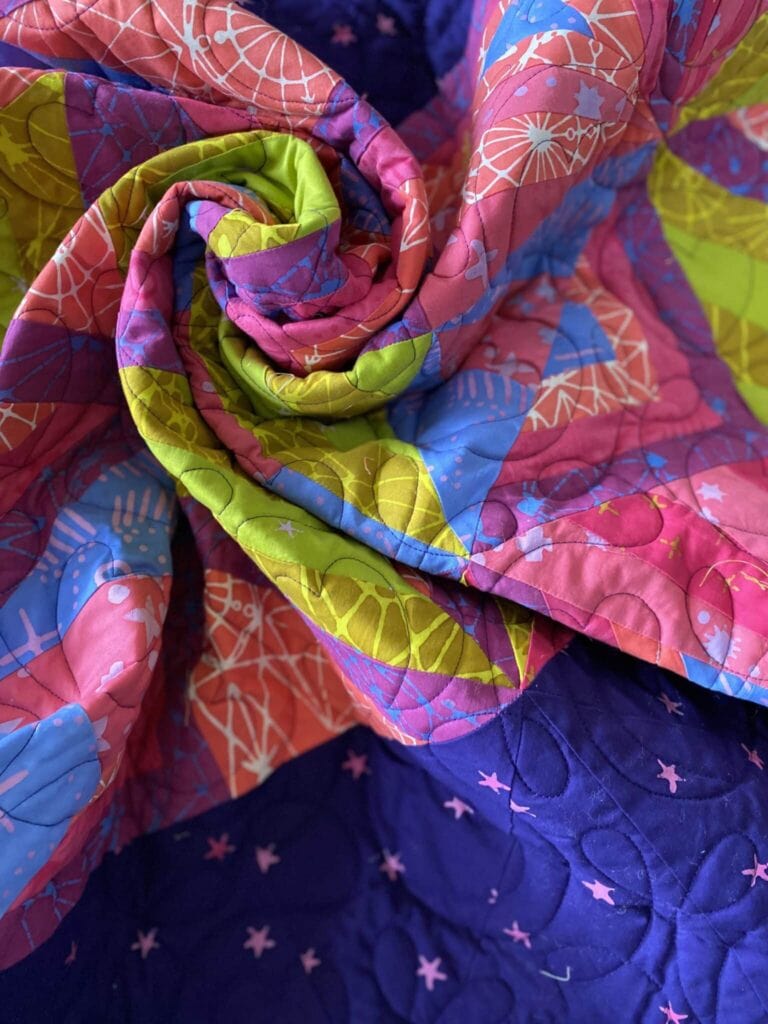

Creating a Stitching Plan for Beginners
When you’re ready to quilt, it’s tempting to start stitching willy-nilly. This approach can end in mega stitch ripping sessions and erase your enthusiasm.
You need a plan.
Plans are simple and fun to create. They are a hands on experiment. You’ve already become familiar with quilting designs and methods so let’s start planning.
Assess your quilt top design
The Well Wishes quilt plan was fun because I used my favorite shape – modern triangles.
I asked myself these quesions:
Which shapes or blocks to emphasize with quilting stitches? Triangles.
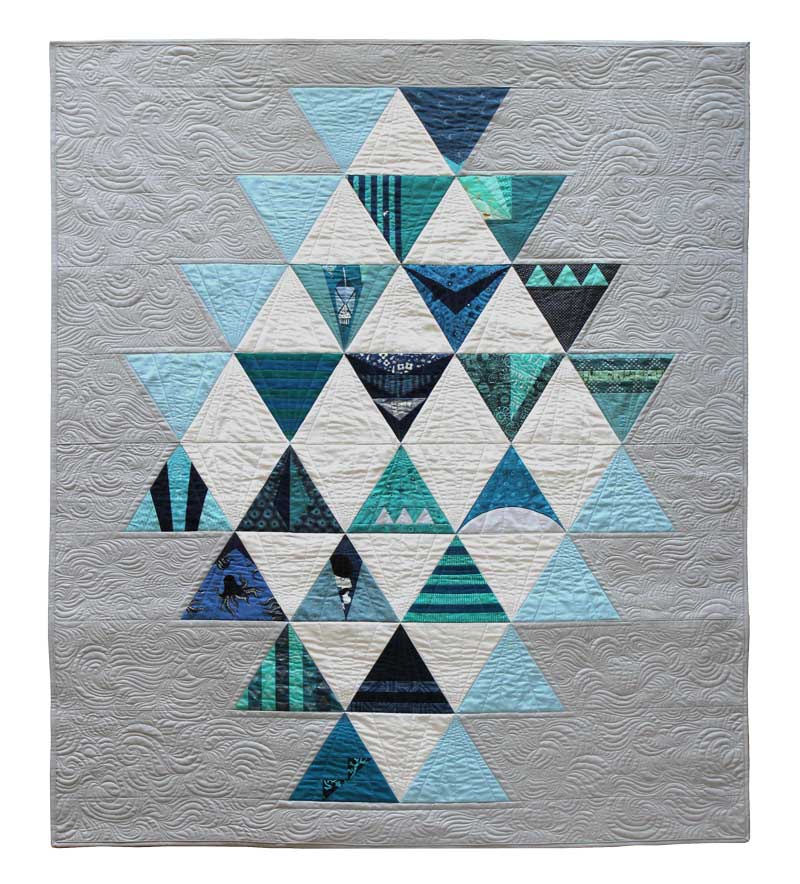
Do you want to create movement with directional stitching lines? Definitely. I emphasized the triangle angles with straight line stitching.
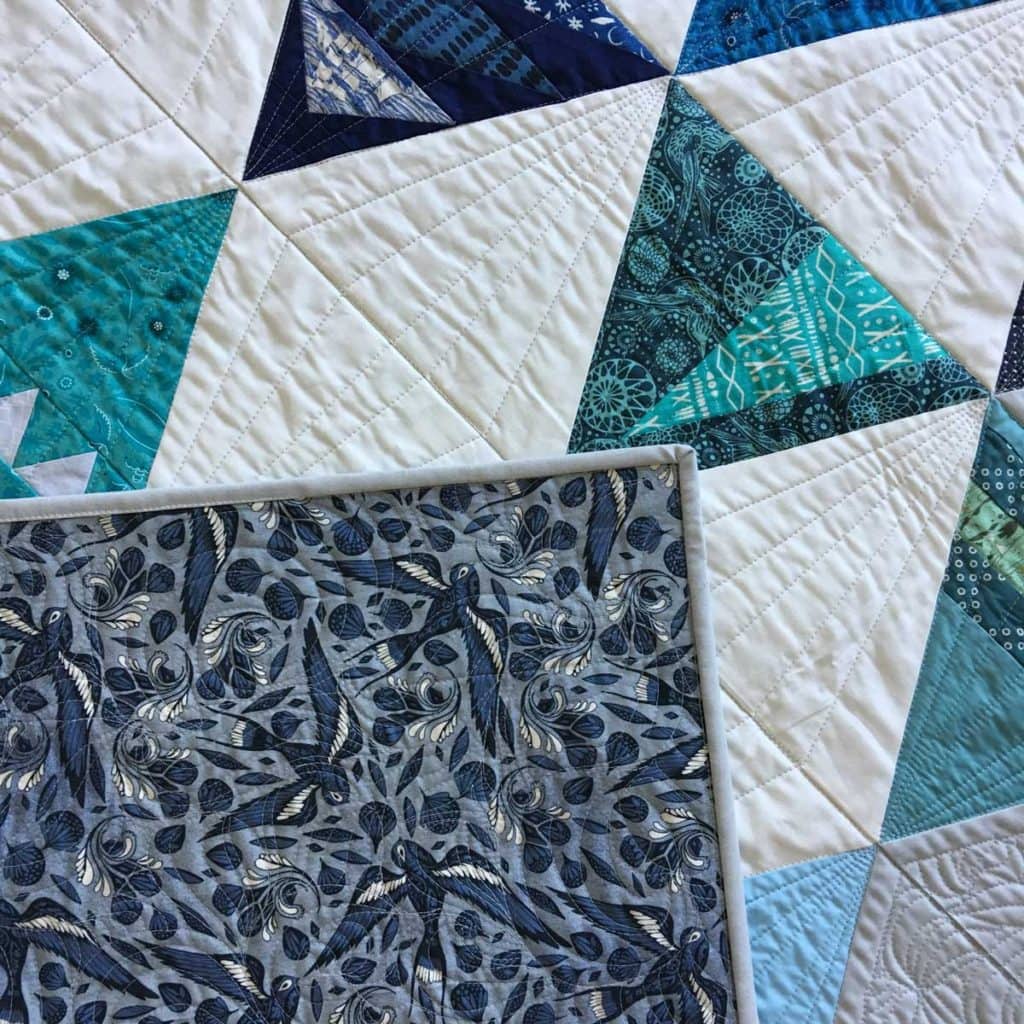
Is there a focal point that needs emphasis? Which directions to sew in?
Yes and no. The quilt design is a focal point with one motif made of smaller triangles. I offset the linear triangles with curved lines and arcs. Curves made the background more interesting without competing with the main focus.
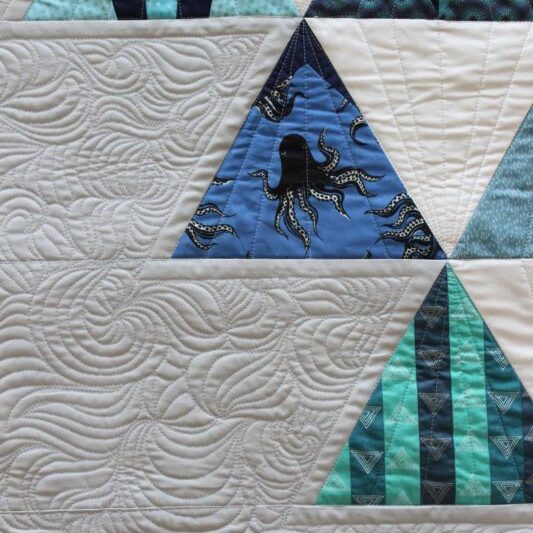
Do you want thread color to show or match the fabric? I wanted the texture to show, not the thread.
Do the borders need as much stitching as the inner quilt? No borders so I matched the binding with the background fabric and quilted to the edge.
Select quilting stitches and patterns
Select several quilting stitch patterns to play with – keep it simple. I’ve added straight line stitching patterns below and resources from professional quilting experts.
MAKE A MINI QUILT SANDWICH
Make a mini quilt sandwich using leftover fabric from the quilt, at least 10 inches square. Try out designs and practice. Auditioning thread and designs gets a big thumbs up from quilters.
A quilt sandwich is three layers: bottom layer is the fabric backing, batting in the middle and quilt top fabric on top. For how-to details, see How to Sandwich a Quilt.
Print your Thread Design Practice Sheets
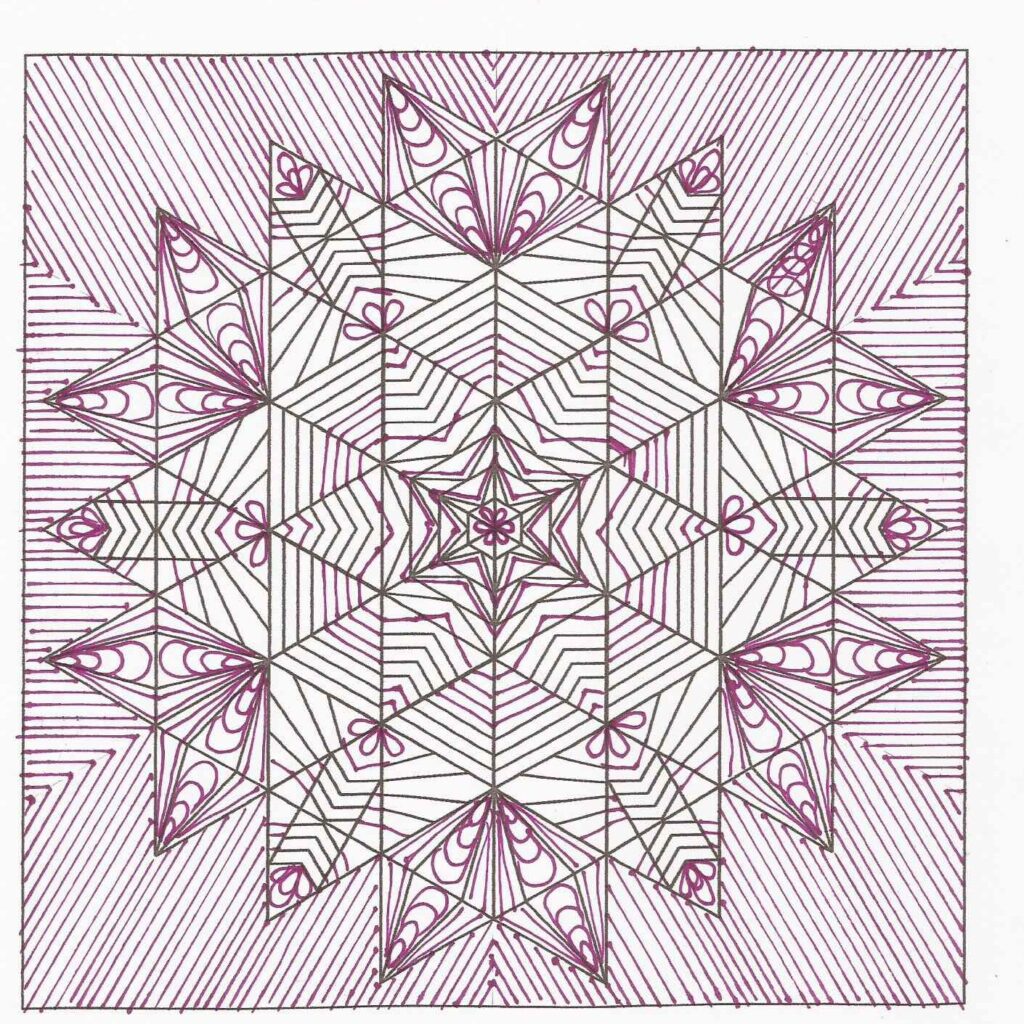
- Print a black/white copy of the coloring page included with your quilt pattern or draw a section of quilt blocks on paper.
- Then enlarge a section of the coloring page by 200% on your printer.
- Make 10 copies and start drawing your quilting designs.
- Have fun with it!
- Another way to do this: Place a sheet of clear vinyl over over a section of your quilt and draw your quilting designs on it with erasable markers.
- To work a larger scale, enlarge a section of the coloring page at a print shop.
Your plan will become clear when you jump into the planning process. Have fun and see what your quilt has to say about it.

Tools and Accessories for Quilting on your Home Sewing Machine
I don’t have many quilting gadgets or accessories in my sewing studio. Just the basics.
Here are the basic tools – I suggest you have all of these – for machine quilting on your sewing machine. I’m all about easy, simple and results.
NEEDLES
Use a fresh needle for quilting the top. For low and medium loft batting, use an 80/12 Micro Sharp needle for 40 weight thread and a 90/14 for 30 weight thread.
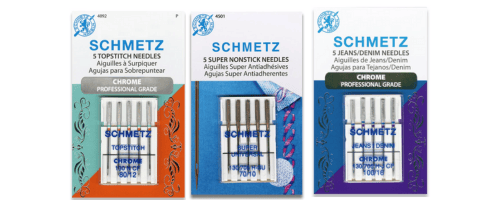
Small adjustments make a big difference. If the thread is shredding or breaking, use a Teflon, 90/14 Topstitch or a 100/16 Denim needle. These needles handle dense layers easily due to the longer groove on the backside and a larger eye. Quilters also like using a smaller 80/12 micro sharp needle.
Bottom line: Experiment with needle types to find which ones plays nice with your machine, especially with high loft batting.
THREAD
Purchase good quality thread for basic straight line quilting and free motion quilting, like Aurifil, Superior Threads, Madeira and Sulky. Machine quilting embroidery thread is available in cotton, polyester, rayon and blended versions.
Quilting pros recommend using the same weight thread in the bobbin as the upper thread when quilting a top.
Consider what you want the quilting thread to look like on the top fabric and backing fabric. Pull a long thread tail from a spool and lay it on the quilt top. Do this with several colors to see which works. Choose a different color for the bobbin thread to blend into the backing fabric.
Matching the right thread for the effect you want is a happy ending!
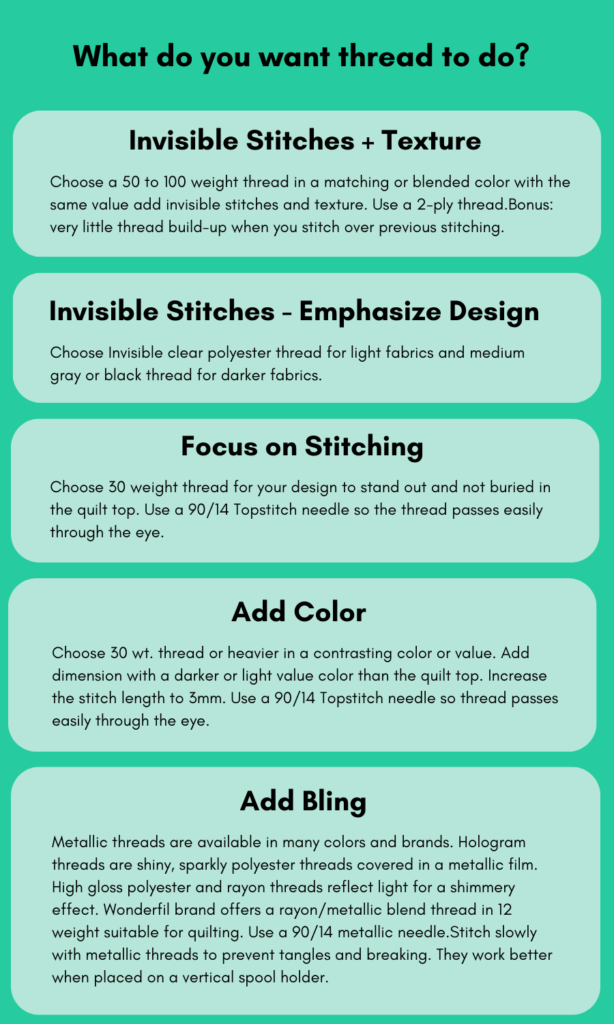
quilting Gloves
When you start quilting, consider buying quilting gloves. They help grip the fabric and reduce fatigue and soreness. A machine quilt accessory must-have IMHO. They feel like a teensy bit bulky at first, but you’ll love them.
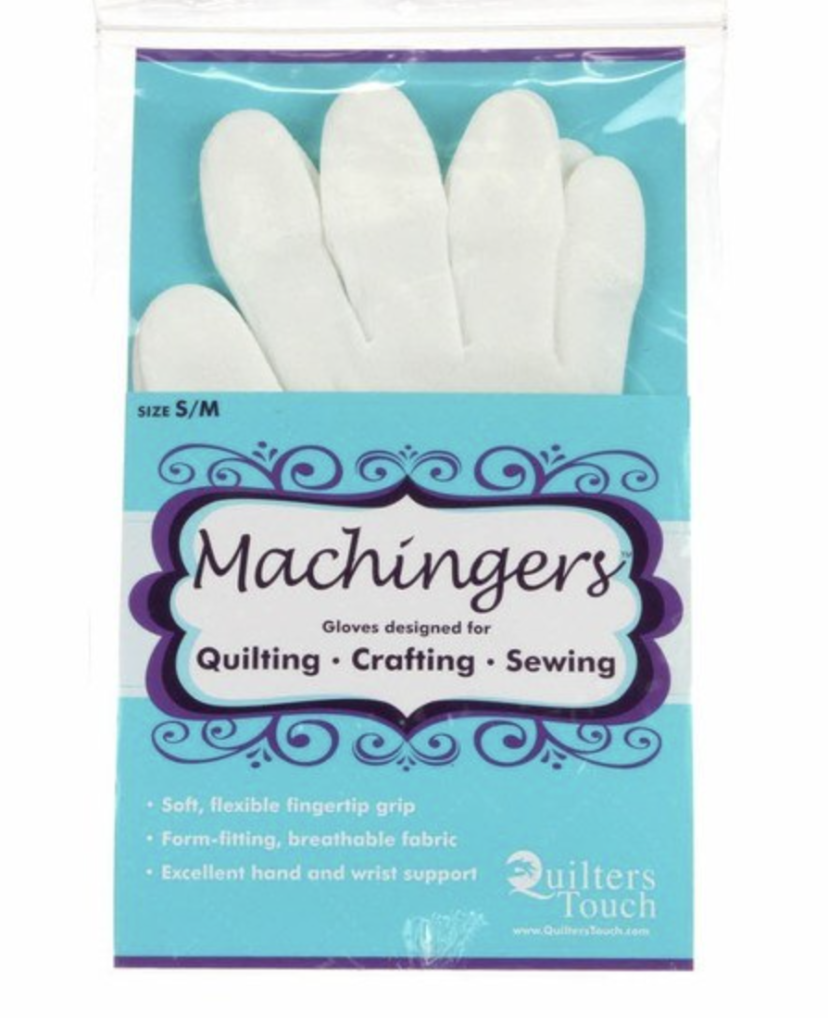
RULER, TAPE AND HERA MARKING TOOL
Mark your first line with a ruler and a hera tool or chalk marker. The hera tool presses an imprint into the fabric to follow with stitching. This works well with light fabrics; you won’t be able to see the imprint on darker fabrics so use a light-colored chalk marker.
Painters tape or Dritz quilters tape also works well for marking, but skip the masking tape – it leaves glue residue on your fabric. Oh no!
Whatever works is the right way for you. You may have developed your own clever tricks – leave them in the comments below! I’d love to know them.
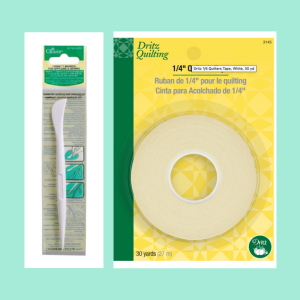
Machine Quilting Stitches

Free motion quilting
Free motion quilting offers many creative options for quilters to design with thread. This technique is done by lowering the feed dogs below the needle plate, changing the stitch length to zero and using a free motion quilting foot. Without the feed dogs engaged, the quilt moves freely in any direction at any speed to form the quilting stitches. Stitching at an even pace and synchronizing with your hand movement is the secret sauce.
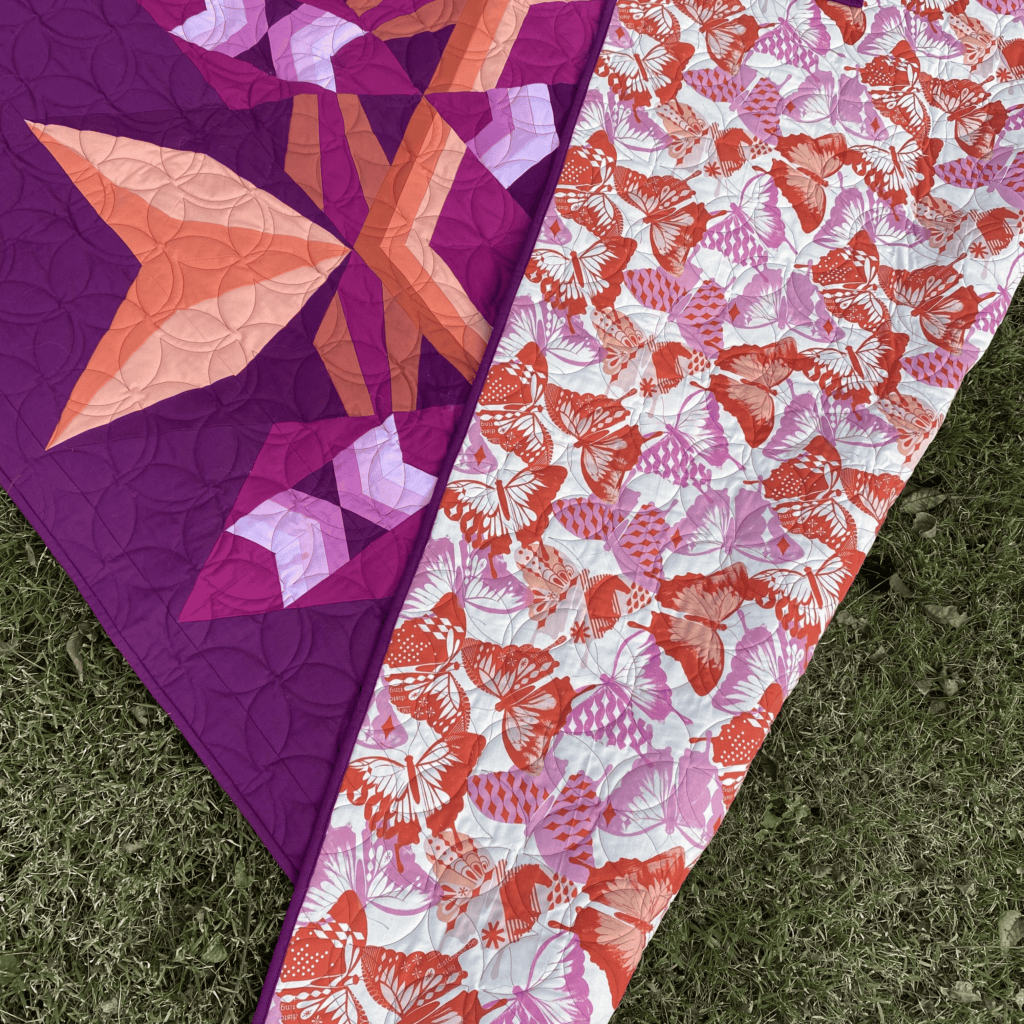
Free motion stitching is used within blocks, borders or as a repeating overall edge-to-edge patterns (pantograph). The patterns often change on a quilt – the scale may change as designs and shapes are repeated. Definitely an acquired skill that takes time and practice.
I recommend starting to stitch in the middle of the top and work your way to the edges, a small section at a time.
Free motion quilting designs include:
- All-over continuous patterns, like stippling and swirls
- Motifs like flowers, circles, vines and feathers
- Combining filler quilting stitch patterns with motifs
- Echo or outline quilting stitches
Make it easier by:
- Tracing a pattern or design onto blocks and borders and stitching on the lines.
- Using quilting templates. They have tiny holes and lines that fill with chalk powder. A chalk pounce marks the pattern.
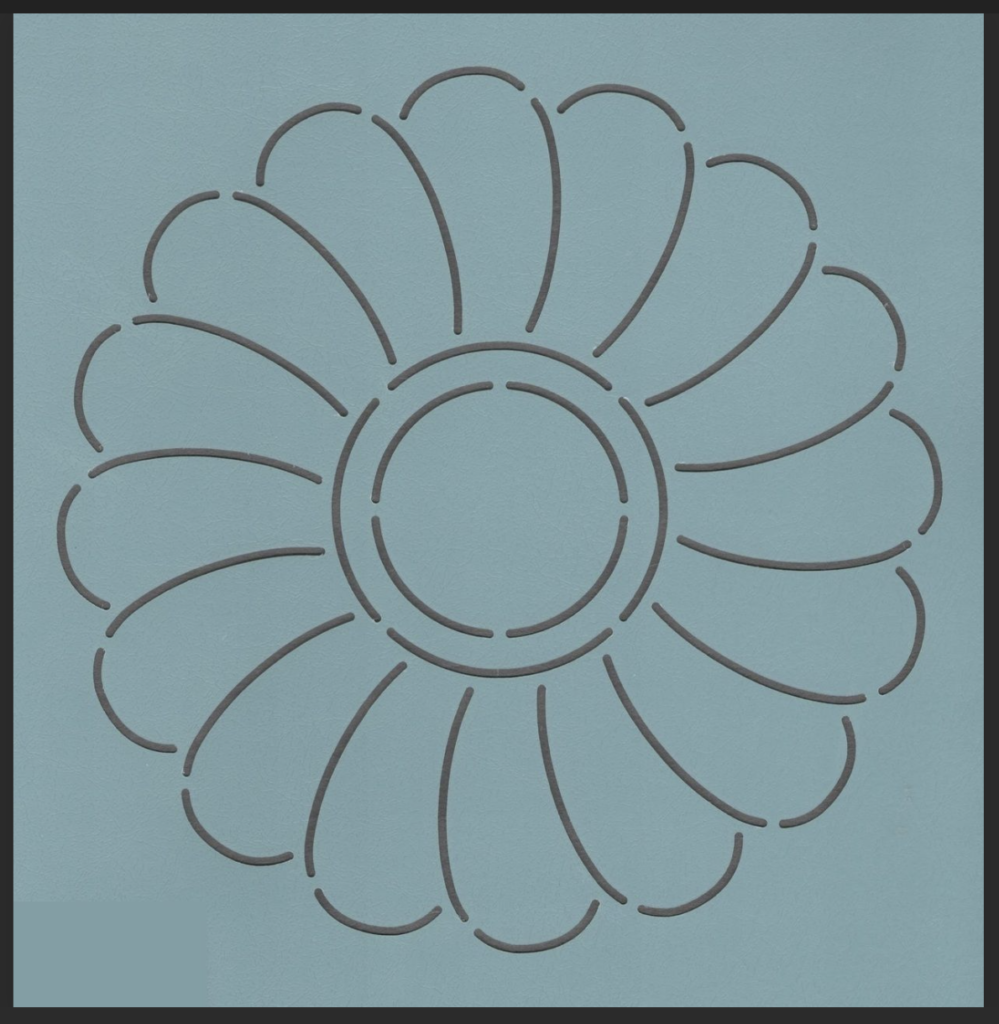
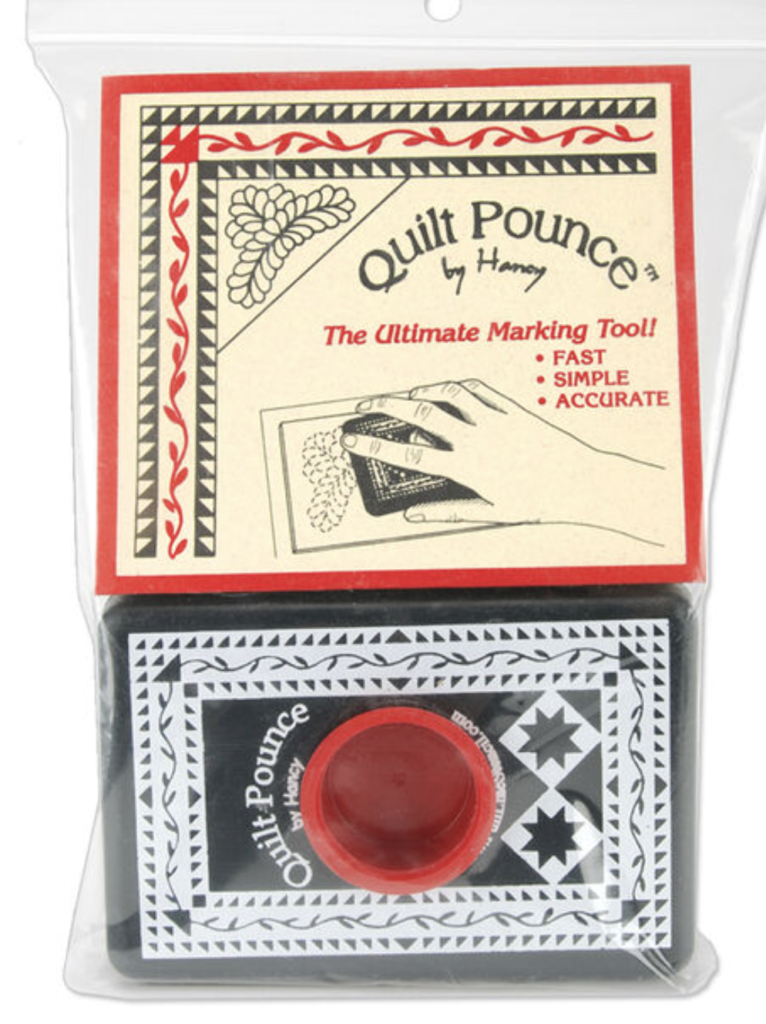
Be brave! Jump in, make messy stitching and you’ll quickly advance your skills.
Give this free form quilting method a try and then keep trying – it will “click” with practice.
Straight line quilting with a walking foot
The good news: You can machine quilt today without free motion quilting skills. You’ve got lots of options to quilt the top on your home sewing machine with straight quilting stitches.
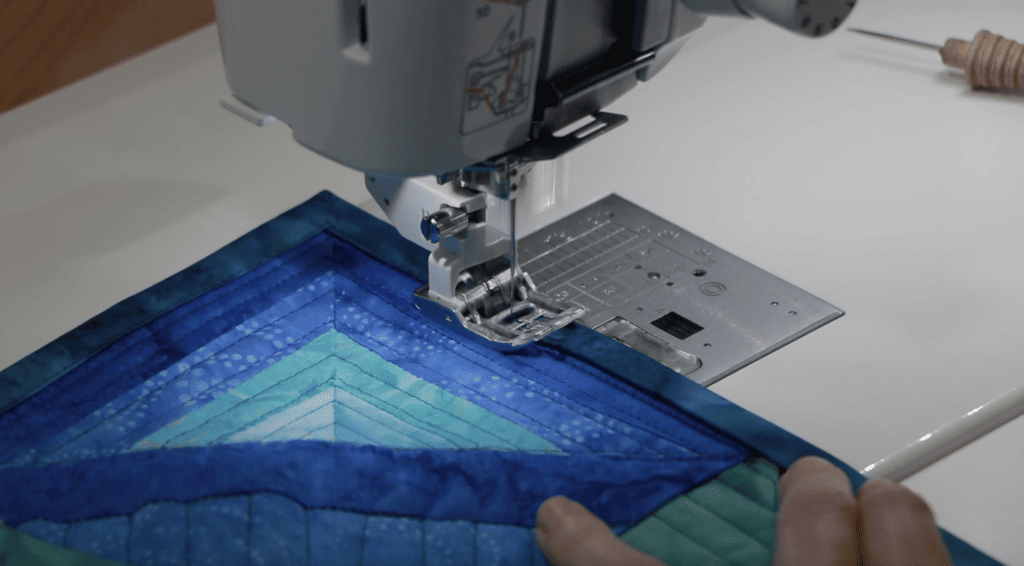
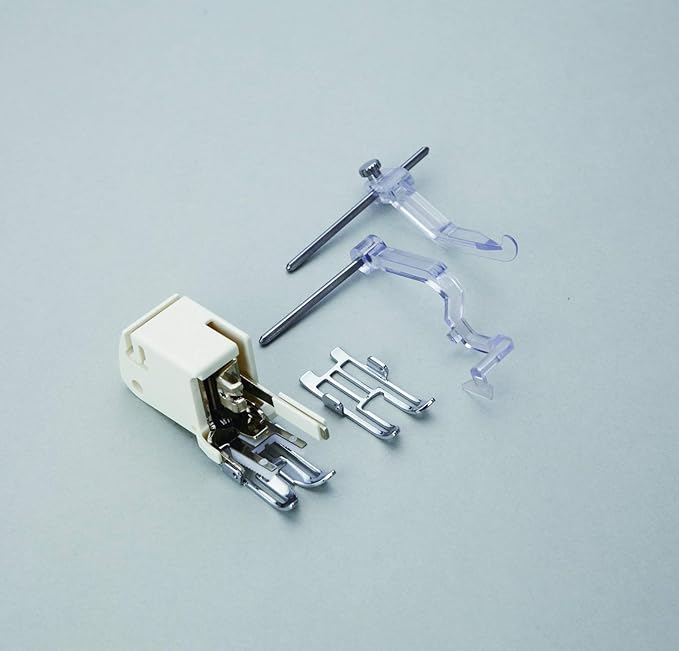
Straight lines are not boring. Combine them for dozens of bold, interesting geometric patterns (see photos below). Running stitches are uniform in appearance and easy for sewing layers.
Straight line quilting with a walking foot is a beginner-friendly machine quilting technique. It produces even stitches and prevents fabric layers from shifting and bunching while sewing. Stitching with your standard universal foot also works for straight line stitching.
I use my walking foot for piecing and quilting. The foot replaces your standard or quarter-inch foot. Buy one that is compatible with your machine.
A walking foot moves the top and backing fabrics at the same time under the needle. No more uneven edges. Even better, a quilt guide – a metal arm that attaches to your walking foot – keeps the rows straight and spaced correctly. Set the stitch length at 2.5 to 3 mm. If you need to slow yourself down when sewing, adjust the speed on your sewing machine.
You won’t regret having one and the results speak for themselves.
Hand Quilting Methods
Hand quilting is popular! Every quilt show has beautiful hand quilted quilts. I love that quilters are still hand stitching.
Although hand quilting is more time-consuming than machine quilting, it offers a sense of accomplishment and connection to the quilt that many quilters find fulfilling.
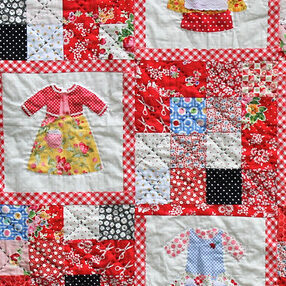
The basic running stitch is easy to learn. I quilted my daughter’s Dolly quilt by hand with a cross hatch design. Yup, it takes time. She loved her quilt and that’s all that matters!
I hand quilted my Pickledish quilt and love the crinkly finish on the top.
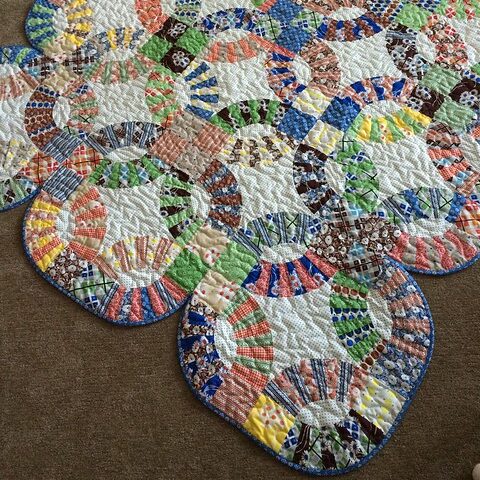
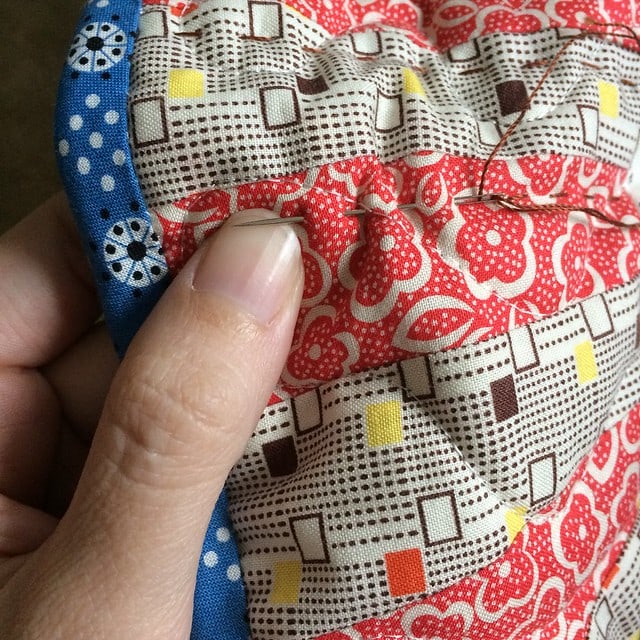
Crazy quilting is a hand or machine stitching method that uses wonky shaped piecing outlined with lovely stitched motifs.
I’ve listed a few resources at the end on hand quilting if you’d like to learn more about the hundreds of stitches and patterns quilters use.
Quilting Stitch Patterns with Straight Lines
Beginners, let’s start with simple straight line quilting patterns. They work beautifully with traditional and modern quilts.
Start vertical straight line quilting at the midpoint at the top of the quilt, adding each row of lines to the right of the previous one. Then flip the quilt 180 degrees and sew the lines in the opposite direction starting at the midpoint.
Sewing all of the lines in one direction from top to bottom across the entire top may cause wavy quilt edges and twisting; reverse the sewing direction to stop layers from shifting. Use a walking foot for the best results.
Unlike small stitches for piecing, the stitch length for this great technique is 2.5 to 3 mm.
Stitch in the Ditch
The stitch in the ditch technique is sewing in the seam between fabrics, which creates invisible quilting stitches. Use a walking foot or edge stitching foot for the best results. The edge stitch foot keeps the stitches inside the “ditch” by anchoring the foot in the seam. Daydreamers and Netflix watchers, this foot is for you!
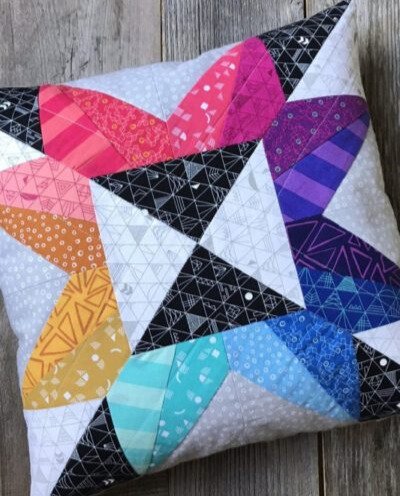
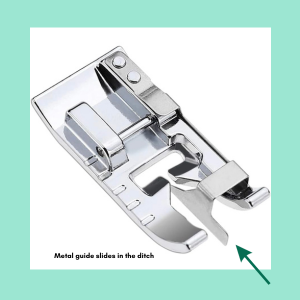
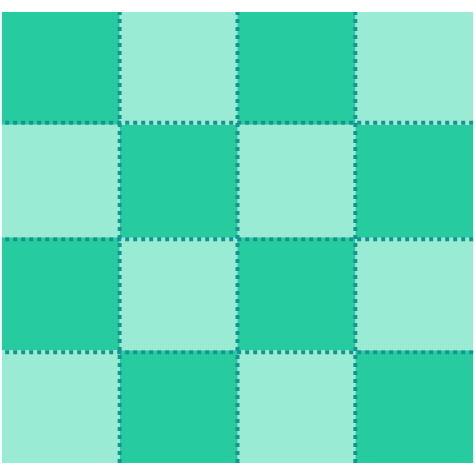
Straight Line stitching method
Mark your center line from top to bottom, starting at the midpoint on the top edge. Stitch edge to edge moving to the right of the previous line.
Rotate the quilt 180 degrees – the lines you’ve stitched are now on the left side. Begin stitching at the midpoint again and moving to the right of the previous stitching line.
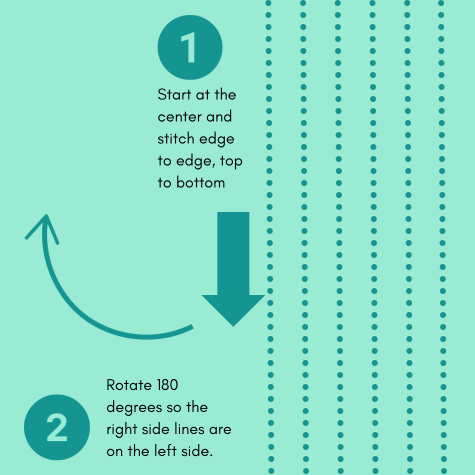
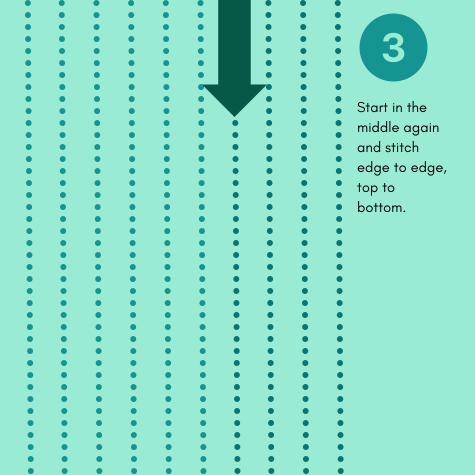
Matchstick quilting
Matchstick quilting is closely stitched rows about ⅛ to ¼ inch apart. Stitch your first rows either ⅜ or ½ inch wide and sew in the same order as basic straight lines. Add the in-between lines in the same way, flipping the quilt 180 degrees after stitching from the midpoint to the right edge.
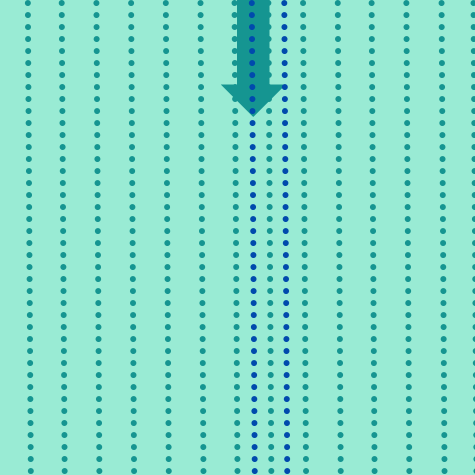
ECHO / OUTLINE QUILTING STITCHES
Snap on the quarter inch quilting foot and outline the shapes on your quilt. Easy and fun because it always looks great! Get fancy by changing the thread colors on blocks or sections. Top secret tip: you don’t have to outline every block.
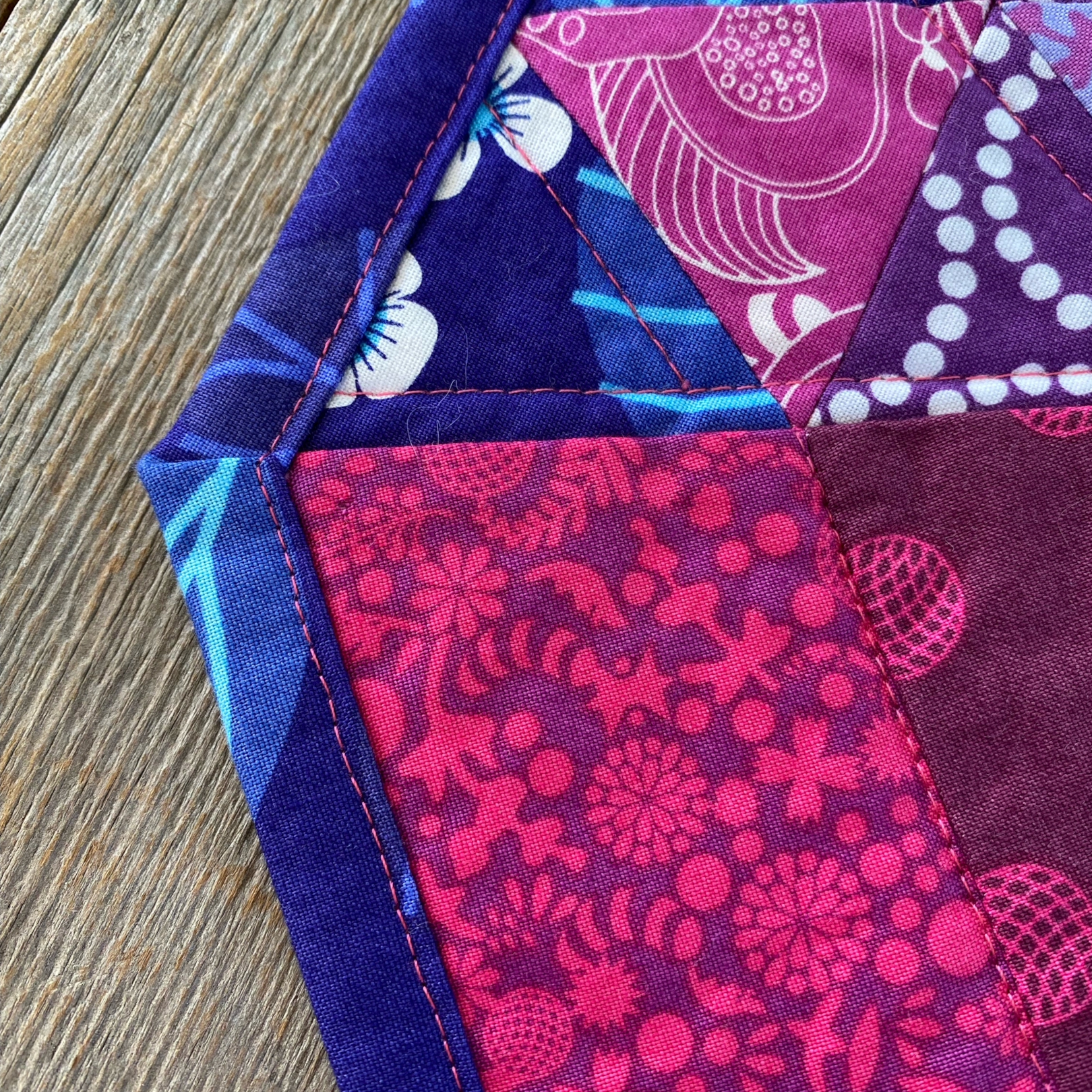
Cross Hatched Quilting Stitches
You can create cross hatching in many ways. Sew a quarter inch away from the seam on one or both sides of the seam vertically and horizontally. Start in the middle then sewing on either side of the middle seam and working towards the edge.
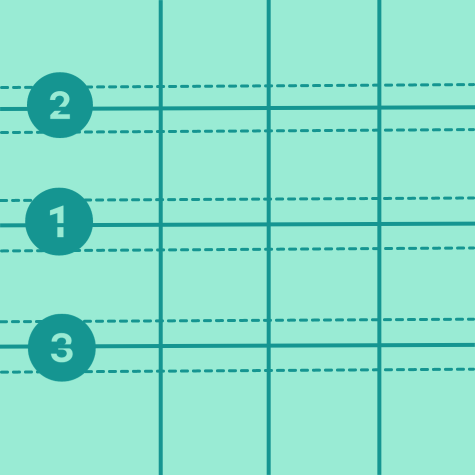
Turn the quilt 90 degrees and sew a quarter inch away from the seam, starting in the middle and working toward the edges.
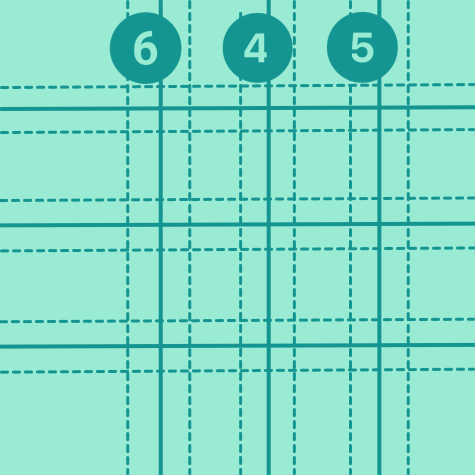
Diagonal Quilting Stitches
I love how diagonal stitching changes the quilt top. Any quilt looks way more interesting with diagonal stitching!
Diagonal stitching adds layers in thread to the quilt top, even when the thread matches the fabric. The quilting creates shadows, highlights, movement and contrast.
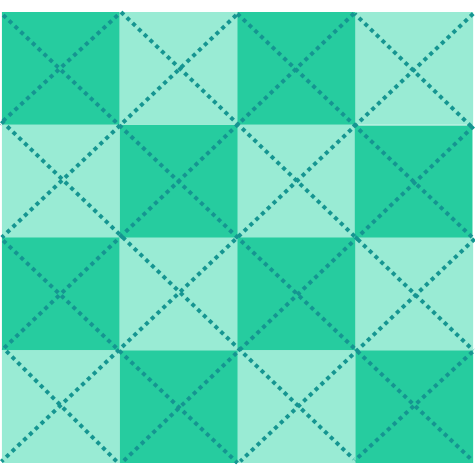
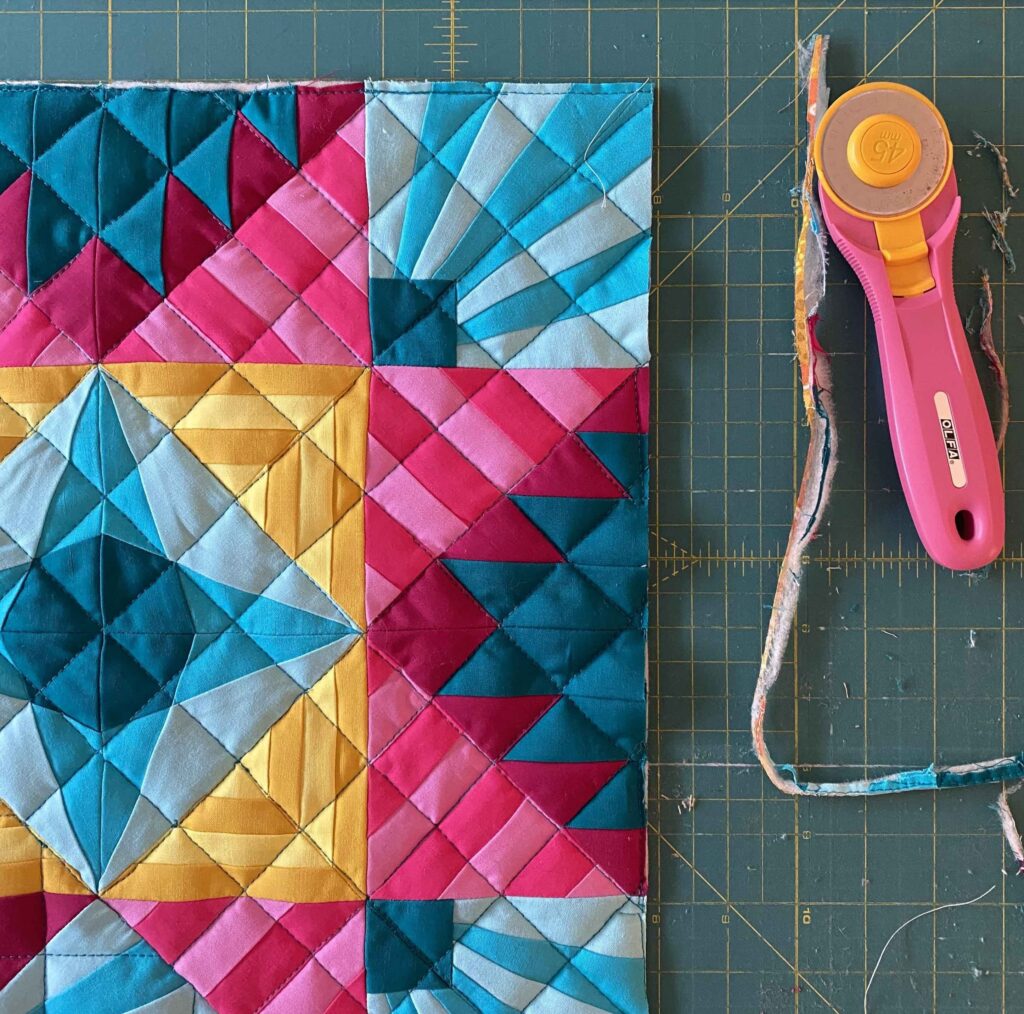
diagonal stitch variations
Amplify the grooviness by combining designs! Start with outline stitching and end with diagonal checkerboard quilting.

Mix it up with chevron designs (easy point-to-point stitching),


Round up your tools, make a plan and start stitching your quilt top. You’ve got this!
WHAT’S NEXT
I’m sharing Part 5 of the Finishing a Quilt series with my favorite (and foolproof) binding method to finish a quilt. Then it will YOUR foolproof method!

Take a deeper dive into quilting your top with hundreds of designs and patterns, online classes, videos and books by quilting experts.
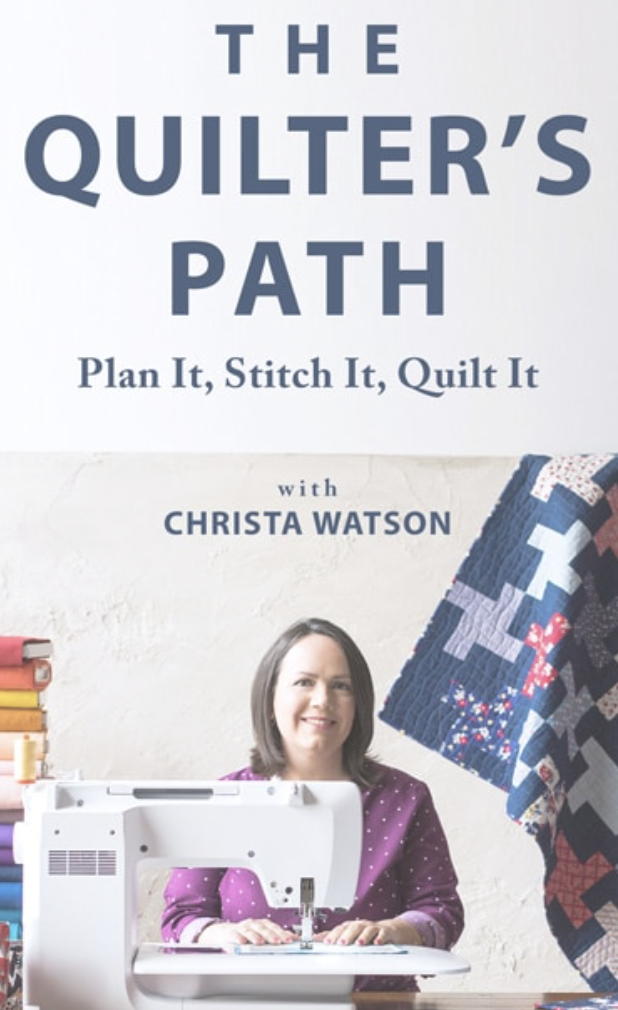
My friend Christa Watson has a Craftsy class The Quilter’s Path. In the class Christa shows you how to machine quilt tons of fun and easy designs using a walking foot, free-motion, or both! And all this on a domestic sewing machine – no long arm.
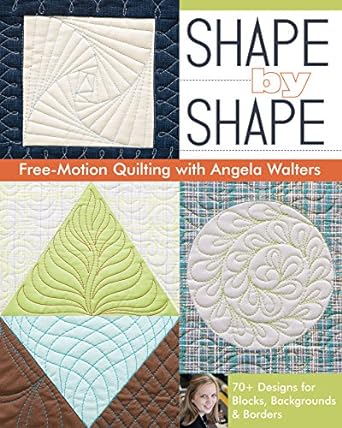
Angela Walters has written several books on fascinating quilting stitches for all shapes. She covers every topic about machine quilting in her books, videos and live chats. Check out her tutorials and videos here.
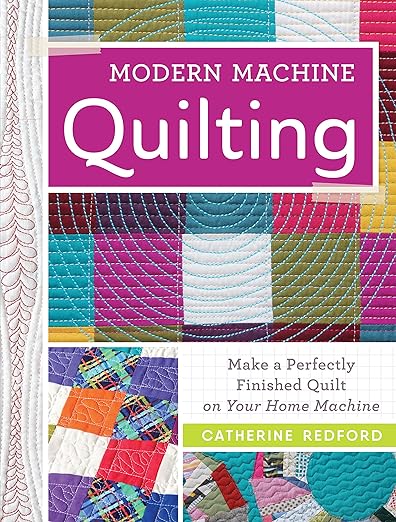
A great all-around resource for machine quilting is Catherine Redford’s book Modern Machine Quilting.
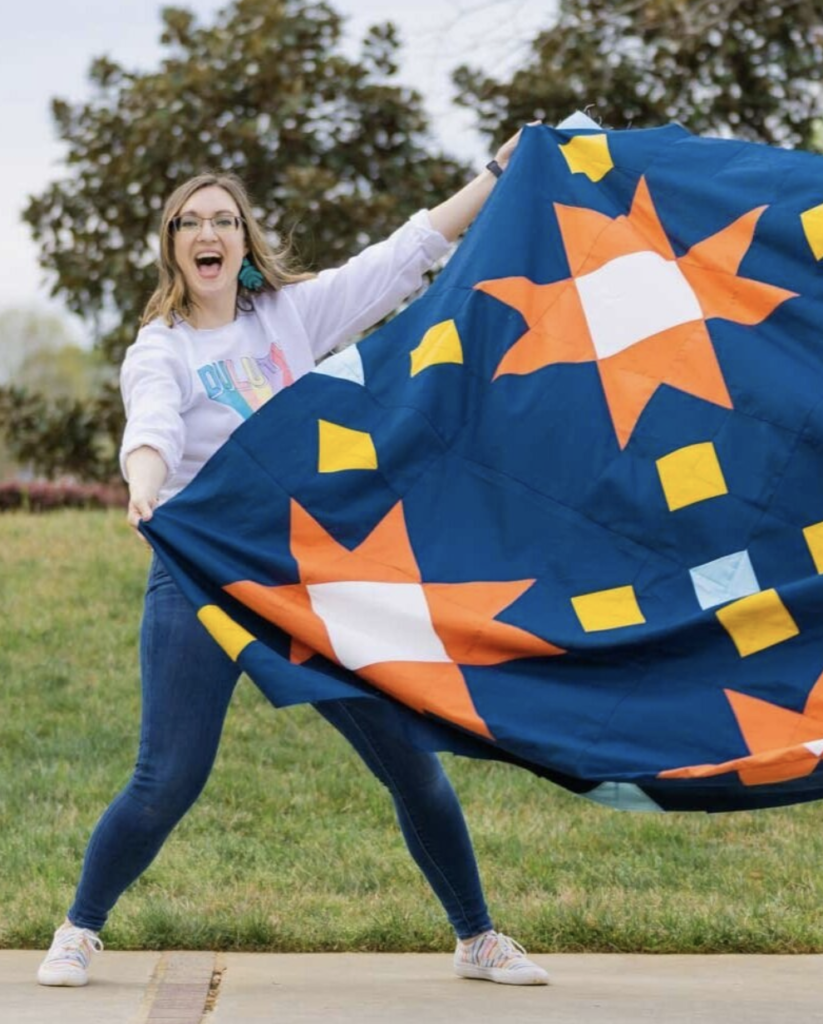
HollyAnne Knight, String and Story, transforms nervous beginners to confident intermediate free motion quilters in just 12 weeks in her Free Motion Quilting Academy course.
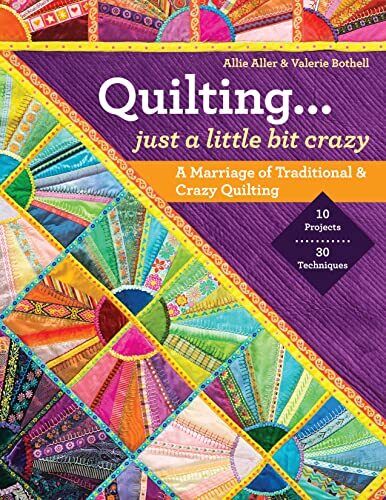
Allie Aller’s has a creative take on crazy quilting with 30 techniques with Quilting Just A Little Bit Crazy book.
MAKE A MODERN TRIANGLE IN MY FREE “OUTSHINE” CLASS
Don’t miss my free tutorial and pattern featuring a versatile modern triangle block called Outshine. Make your first freezer paper piecing block and see for yourself how easy it is. You’ll want to make a bunch. Or a whole quilt!
Click here to take the free triangle class.

